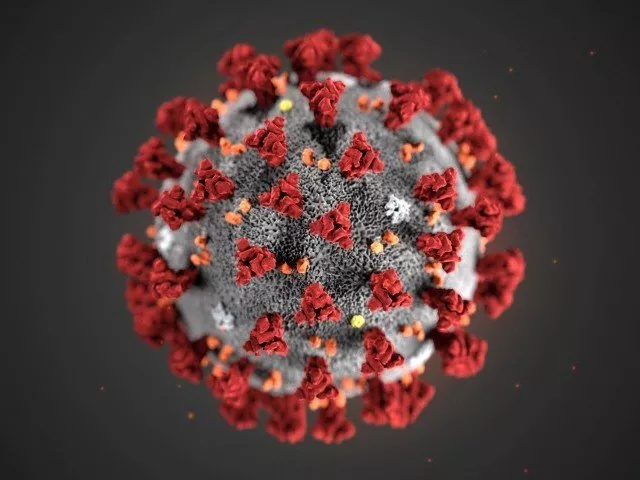Coronavirus the musical: US scientists turn virus into melody to aid research
US scientists have translated coronavirus’ spiked protein structure to music in an effort to understand the pathogen
From tinkling harmonies as the virus disarms cells to clashing and stormy as it replicates, US scientists have translated the novel coronavirus’ spiked protein structure to music in an effort to better understand the pathogen.Professor Markus Buehler at the Massachusetts Institute of Technology and his team used artificial intelligence to transform a model of the protein structure of SARS-CoV-2, as the virus is formally called, into interwoven melodies in classical musical composition.
Researchers assigned each amino acid the building blocks of the protein - a unique note. An algorithm then converted these notes into music.
Buehler believes the tune offers a more intuitive way for people to comprehend the protein. “You would need many different images, many different magnifications to see with your eyes, what your ears can pick up with just a couple of seconds of music,” said Buehler.
The composition runs nearly an hour and 50 minutes and has been uploaded to the SoundCloud website.
Facebook to introduce gaming app, says NYT
The early part of the composition has been described by several SoundCloud listeners as “soothing” and “beautiful.” Buehler said this reflects the ease of the spiked protein entering the human cell, making it so contagious.
“It’s very efficient in tricking the cell to open up the doors, infecting you and propagating itself,” explained Buehler.
As the virus replicates and the spiked protein binds to more cells, the music turns dramatic and tumultuous. One SoundCloud user noted that this section reflects when the coronavirus triggers a fever.
Stranded Indian parents watch son’s funeral on Facebook
Others described the part as “scary” and “sad.”
Buehler said the music might help researchers design an antibody.
Researchers could take a musical counterpoint to the virus’ melody and rhythm and, using artificial intelligence again, try to find an antibody that matches it.
The rapid spread of the coronavirus, which causes the respiratory disease Covid-19, has made it important to “open our brains to other ways of processing information,” Buehler said.
“The traditional approach, where you make a bunch of proteins and you do clinical trials and you keep repeating them - that maybe takes a couple of years. We don’t have the luxury of time,” said Buehler.


COMMENTS
Comments are moderated and generally will be posted if they are on-topic and not abusive.
For more information, please see our Comments FAQ